What is ‘Green Infrastructure’?
In the past several years, ‘sustainability’ and ‘going green’ have become popular buzzwords— but what do they actually mean? To us, these are more than catchy marketing terms that sound nice. In fact, our entire business is based on something called green infrastructure, which is both sustainable and (you guessed it) green!
What is Green Infrastructure?
Green infrastructure utilizes green systems to filter and absorb stormwater where it falls. This is important because runoff from stormwater can cause major water pollution and damage in urban communities. The EPA explains it as follows: “It [stormwater runoff] carries trash, bacteria, heavy metals, and other pollutants through storm sewers into local waterways. Heavy rain storms can cause flooding that damages property and infrastructure.”
In the past, urban communities have used what is referred to as ‘gray infrastructure’ (gutters, pipes, tunnels, etc) to mitigate the risk of pollution and damage from runoff and flooding. Green infrastructure exists to replace the old systems of gray infrastructure— and the benefits extend not only to our environment, but also to the people in our communities.
Why Choose Green Infrastructure?
There are many benefits of green infrastructure in comparison to other methods, two of which are cost effectiveness and economical gain.
Green infrastructure is typically a lower-cost solution to flooding and storm runoff. American Rivers reported the City of Indianapolis was able to save $300 million by implementing green infrastructure solutions such as wetlands, trees, and downspout disconnection.
Utilizing green solutions also aids the economy by creating jobs in plumbing, landscaping, engineering, building, and design (that’s where we come in!). New York City is a prime example of this.
American Rivers reported on this, writing “New York City’s broad sustainability plan, PlaNYC, includes substantial investments in green infrastructure to reduce stormwater and sewage overflows and protect drinking water supplies. The City estimates that full implementation of PlaNYC will create 4,449 water infrastructure jobs of all types per year.
The Future of Water Management
By increasing rainwater infiltration and retention, green infrastructure can substantially reduce the overall amount of water entering storm sewers and waterways. OCBA’s green infrastructure solutions can also reduce the impacts of flooding, including the lower property values and tax revenues associated with flood-prone areas, and damage to public infrastructure and private and public property.
Traditional ‘gray infrastructure’ solutions are aging quickly and are expensive to build, maintain, and repair. While traditional means of water management aren’t going anywhere anytime soon, increasing green infrastructure solutions will have lasting benefits for our environment and our communities.
Interested in learning more? Contact us to learn more about how OCBA creates green infrastructure solutions in West Michigan.



